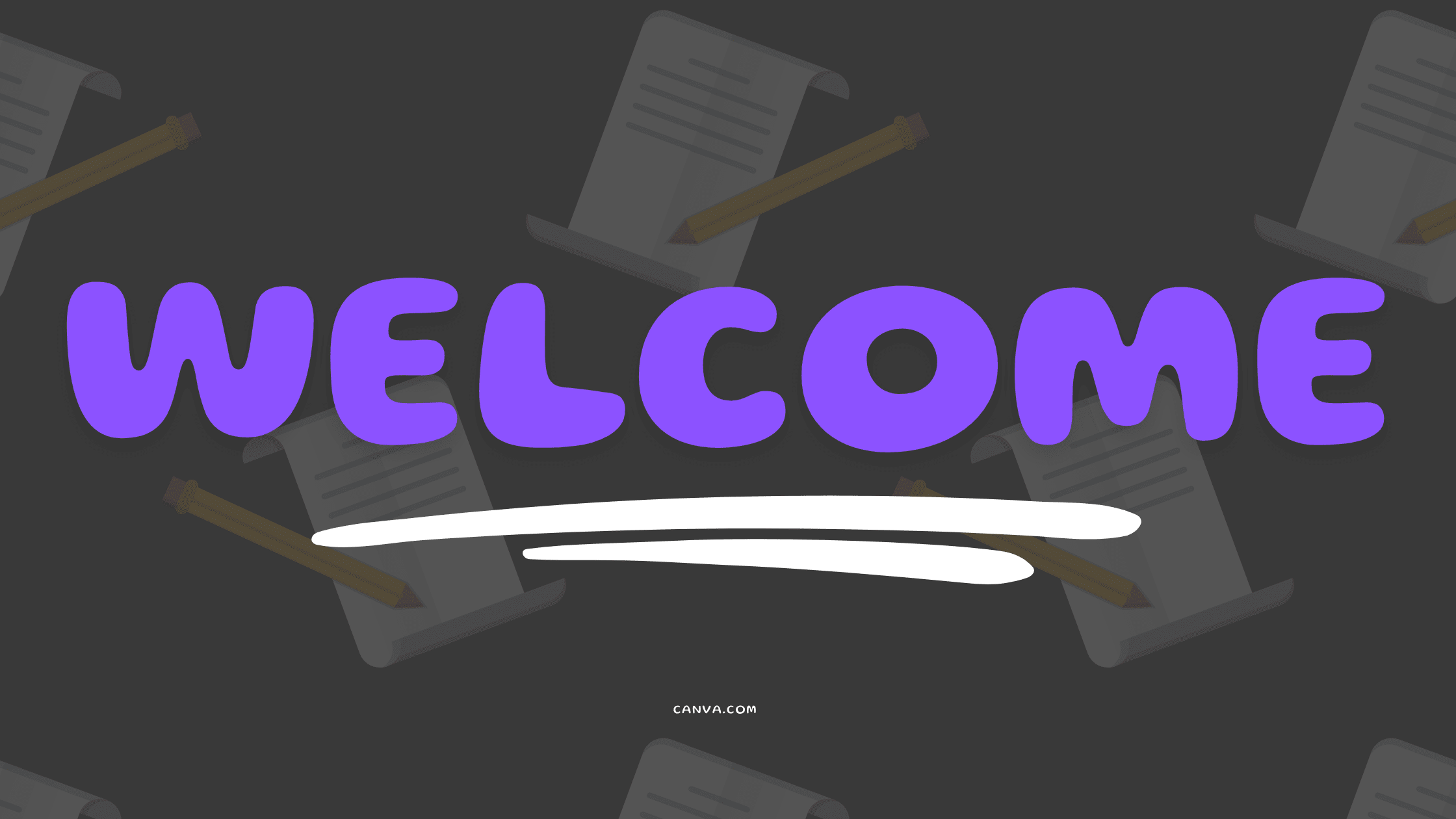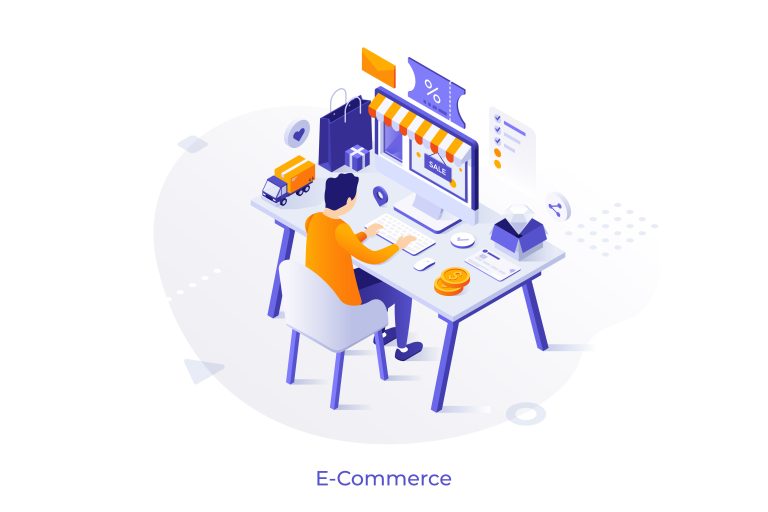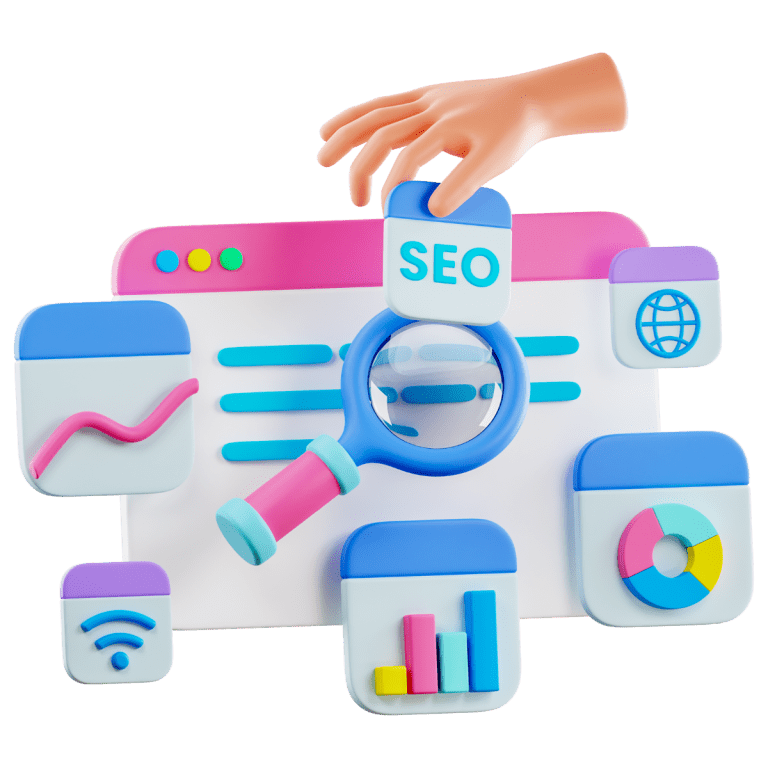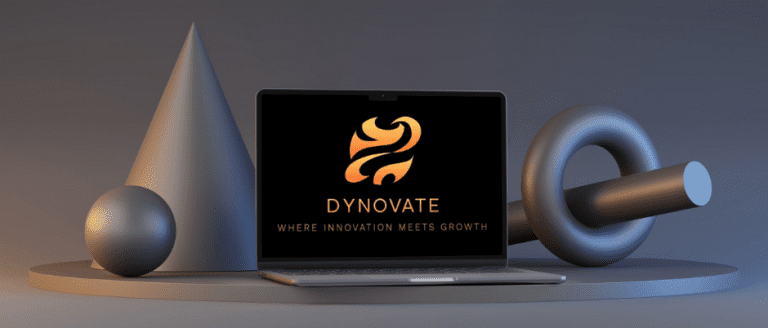Building a Persona | Your Handbook for Decoding Your Customer
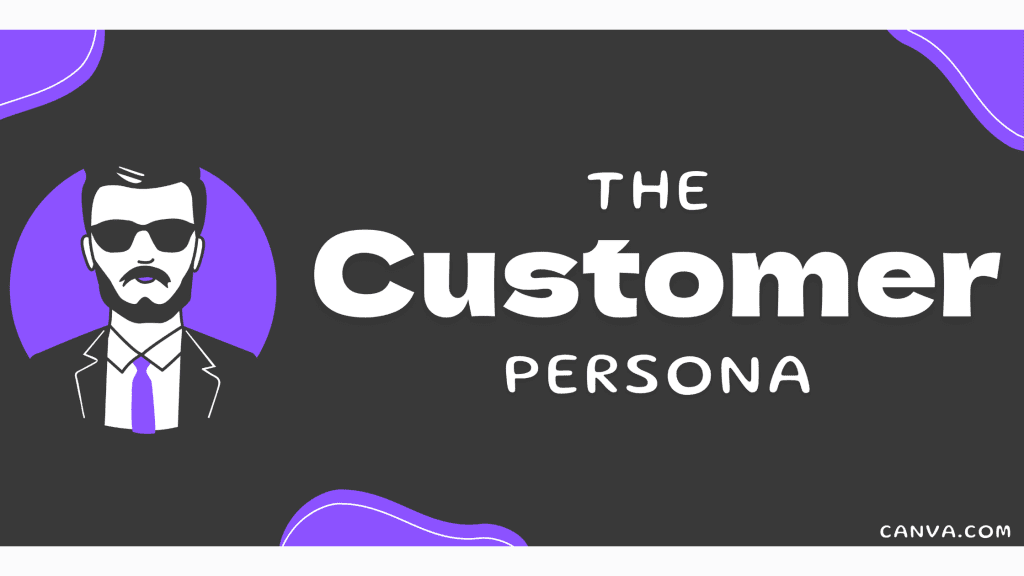
What you need to know about customer personas
Customer personas allow your company to make better decisions about your target audience. A well-structured customer persona enhances your targeting efforts, improving your reach and effectiveness. Think of building a customer persona as a process of shaping your ideal customer. When done correctly, a customer persona can even increase your ROI.
For instance, imagine a hardware store located in Midrand. There’s little point in advertising to moms working 9-to-5 jobs, trying to convince them to buy drills or packets of screws. A well-developed persona would clearly show that your ideal customer isn’t moms but people in the industrial industry, such as builders, handymen, carpenters, and others involved in physical labor who rely on hardware supplies daily.
Creating the perfect customer persona involves three key categories: demographics, geographics, and psychographics. These are the building blocks, or the “concrete,” of your persona.
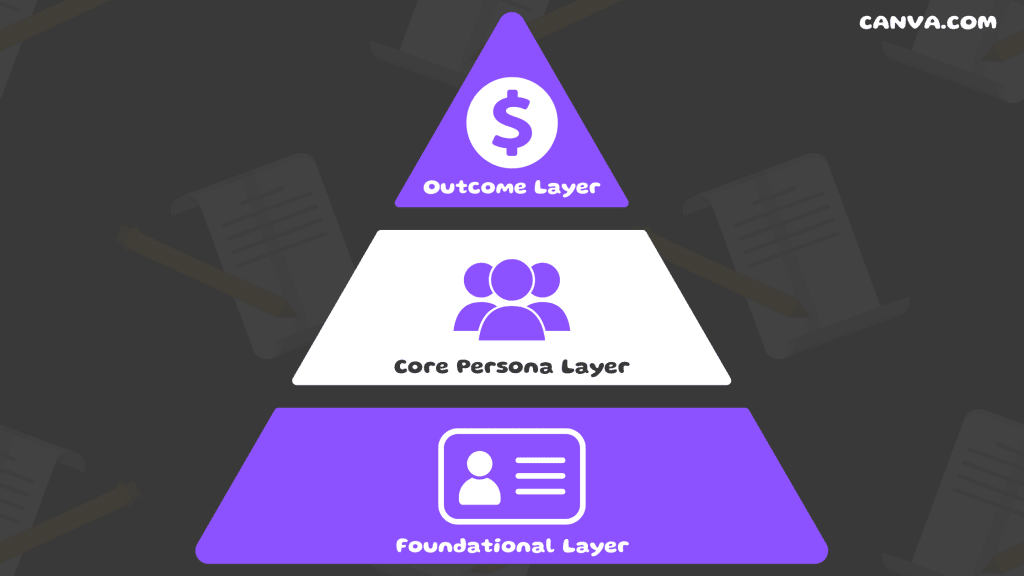
The essential role of a customer persona
The main role of a customer persona is there to ensure that a company can identify who their ideal customer is for their company to better target those customers. The ideal customer is a person who is more likely to purchase a product or service from your business and can turn into a loyal customer based on their experience. In other words, before you even become friends with someone, you first get to know them, you start to understand who they are as a person, what they enjoy, and what interests them.
This helps you to connect with that person leading to a conversation, and before you know it, you guys are now friends. The same goes for the customer persona, a business needs to understand their customers to increase sales and customer loyalty. However, the essential role of the customer persona is to depict a section of your audience that will give you a bird’s eye view of your consumers and the common interests they share.
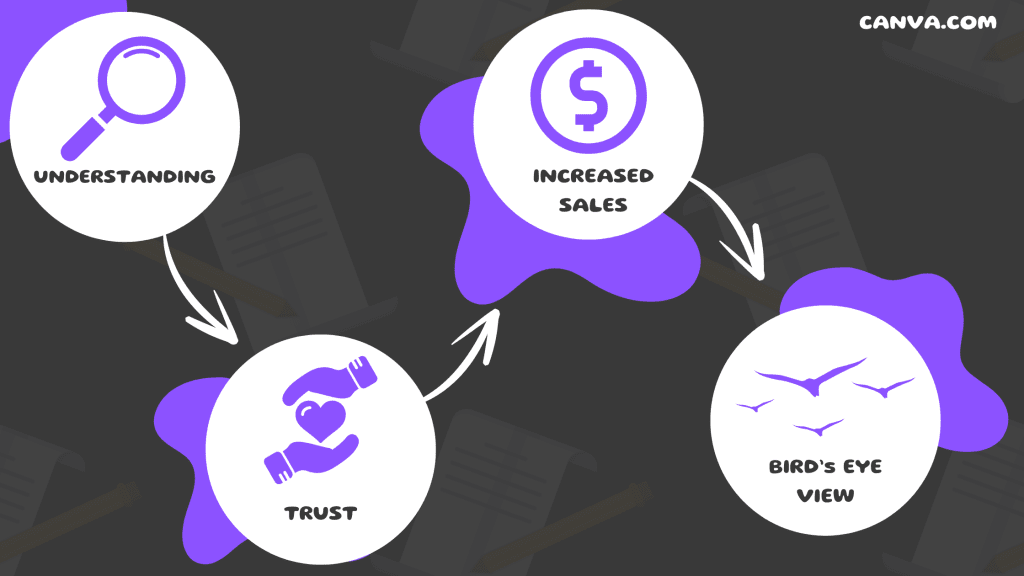
How to create a customer persona
To create an effective well orchestrated customer persona, you need to go through a process of steps. The customer persona is the core basics of understanding who that ideal customer is, therefore you need to follow the following steps.
Step 1 – In your first step, you need to identify what customer you are going to be studying, and creating the persona of that customer. In other words, this is where you need to use a technique called customer segmentation. Customer segmentation allows you to categories who you will be studying for your customer persona. For example, a company who sells tools for construction will categories their customers based on existing information, this information can be about the type of customer who purchased from your company in the last year, this can then be used to formulate a segmentation section of who you should be studying in your customer audience.
Step 2 – In your second step, you will need to understand a deeper part of the customer you have identified, this is done with surveys or forms that your customer fills out if they meet step 1’s criteria. In other words, you now know who that customer is, now you need to initiate your research to extract more data from these customers to better refine your research however, you need to start somewhere. For example, a company who is in the process of creating a customer persona has completed their first step of the persona, now they need to create surveys these customers will complete so that the business can get a deeper understanding of these customers like who they are, and what context they are operating in. This is where you start to look at the demographics, geographics, and the pshycographics of these customers. A part of step 3 is integrated with step 2 whereas you now need to formulate the survey questions that you want your customers to answer.
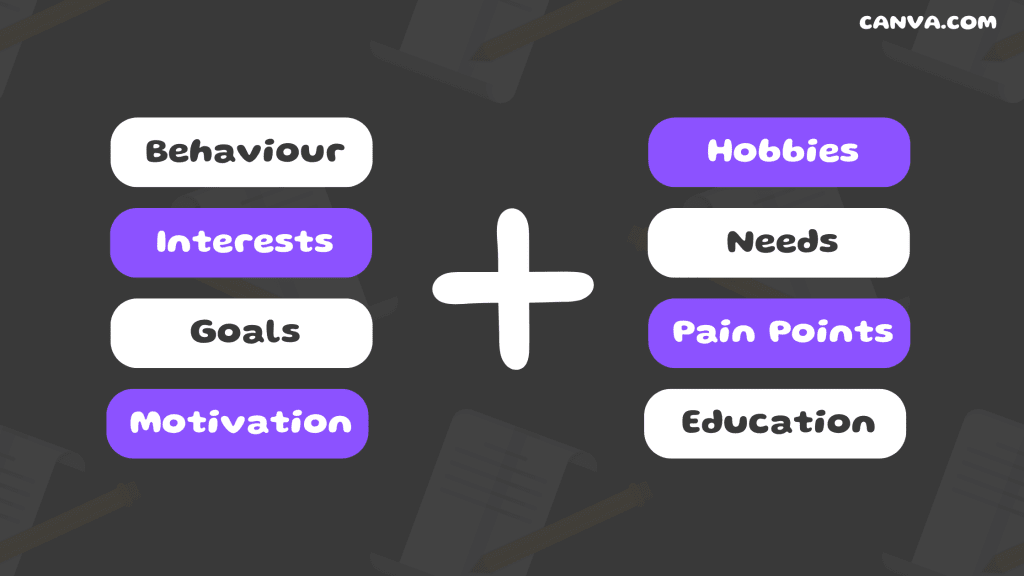
Step 3 – During step 3 is where you try to identify pain points of the customer, and identifying the ideal experience that customer is seeking to get. If you refer back to step 2, formulating proper questions to ask your customers is crucial as it sets the research in process. In other words, you need to ask the right questions to get the right responses. In this step, you should be creative and think out of the box, after all you are trying to get to the core of who your customer really is, and this is done by formulating well structured questions that will get you valuable information about your customer like their age, occupation, interests, and behaviors, to be clear, you are identifying the needs and pain points of your customer in this stage.
Step 4 – During step 4 is where you need to get these customers to fill out these surveys you have formulated for your persona. However, your research needs to remain high quality, thus you need to identify what are the type of content these customers are consuming, and what are the digital platforms they are mainly active on, this can can be done through competitor analysis, your digital platform analytics, and keeping up to date with industry reports and studies. For example, A tool shop building a persona will need to identify if their customers spend more time on Facebook, Instagram, Twitter, LinkedIn, or TikTok, they will also need to determine what type of content their ideal customer likes to watch, this can be videos about people using tools, product demo videos of people using the product and giving reviews. This is because the tool store wants to target their customers on these platforms with content that will resonate and attract their customers.
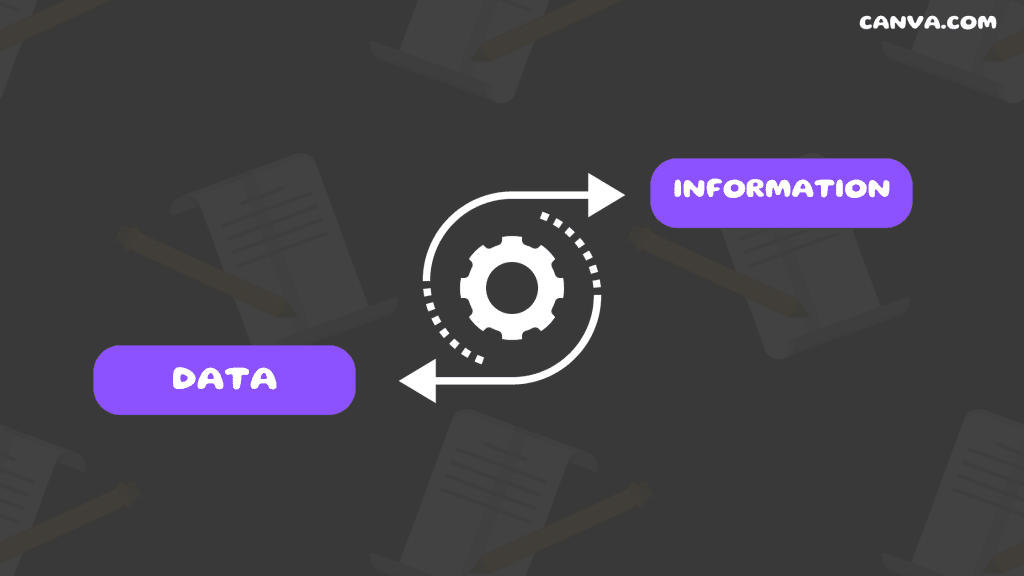
Step 5 – The last step is where you organised and analysed your data obtained from your customers. With all of this data gathered, this is where you create the customer persona to visually represent who your ideal customer is for your company. For example, your survey asked questions that will benefit your research, having the age, occupation, interests, and behaviors of your customers will be valuable to your research conclusion where you formulate the persona, because marketers use this for segmentation that can be used later for advertising efforts and marketing strategies for the company. In other words, now as a company, you can now create your customer persona and advertise to that segmentation with the products or services they are more likely to purchase, because now you fully understand who your customer is and what they are interested in.
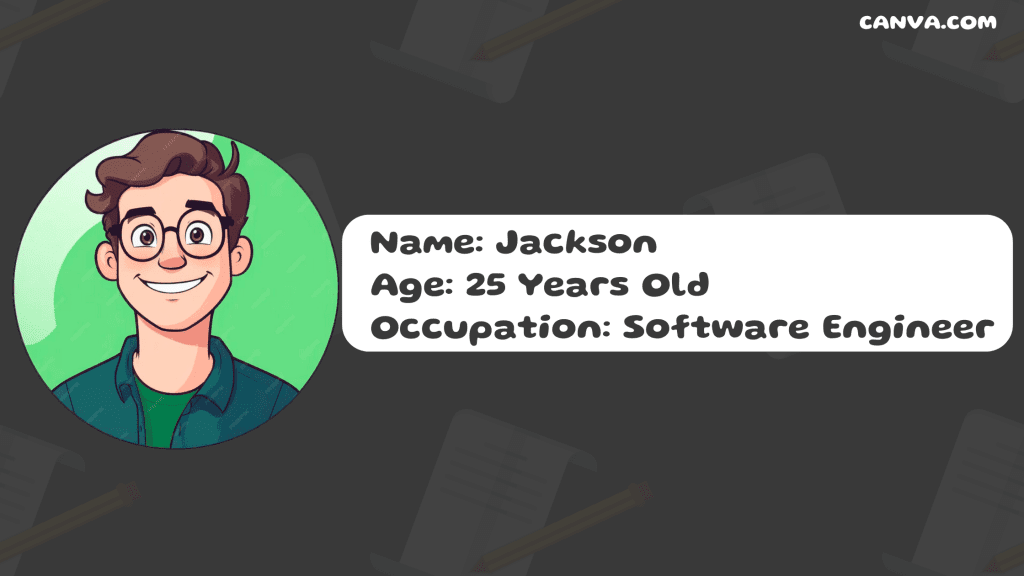
Testing and Refining your customer persona
The benefits of testing and refining your customer persona can provide valuable insights to your company that you can use to make better decisions and to adjust your targeting strategies based on more information. Testing and refining your customer persona is seen as a long-term project because, it’s done in a long term process. You will need to test the customer persona to see if your ideal customer is indeed accurate, this takes time and is usually analysed over a long period of time. For example, a pet store will use a 6 month period before they analyse their customer persona to see if they can make any changes to their strategy however, changing the strategy does not mean you are changing who your customer is, this simply means that you are focusing your targeting efforts more towards a certain segmentation to increase the purchase rate of that segmentation, to build a relationship, or to eventually create loyal brand supporters.
Keep in mind that testing and refining your customer persona are not the same, the meaning behind testing your customer persona is, creating campaigns for advertising using content that you have analysed from your information to see how well it resonates with that segmentation. In other words, a donut shop will create a Facebook ad that shows a group of people eating donuts without saying anything, this is also known as non verbal advertising. The donut shop will analyse to see if the content did indeed resonate with their audience and if not, maybe they should consider using verbal advertising where they communicate to their audience with advertising content, this is known as refining, when you start making changes to narrow your customer down further to get to the point where you know exactly what they want.
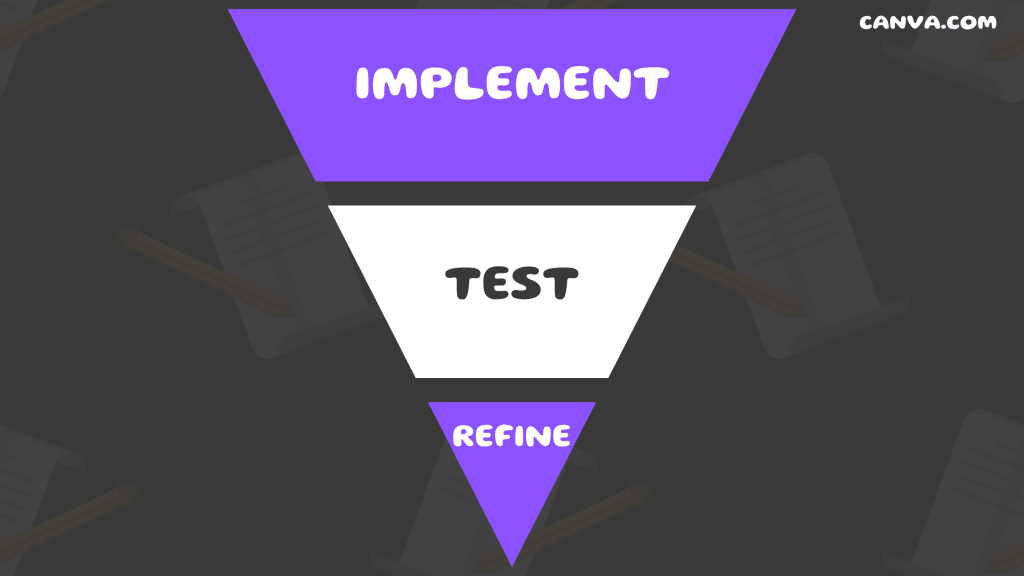
Advantage and disadvantage of customer personas
There is two major advantages to the customer persona. Targeted marketing is where your company is able to target a certain segment of people based on their age, gender, education level, and interests. Targeting your segmentation of audiences effectively can increase your companies ROI, and improve your marketing efforts significantly. For example, a soccer play who enjoys football will resonate better with content that relates to football than baseball. Therefore, a company will create content that shares the same interest as the soccer player to build a connection, also known as targeted marketing, because you used strategic content that share the same interest as the person who is consuming your content, increasing the chances of a purchase, or brand supporter. This whole process from understanding what that customer really wants, all start with the persona of that customer.
Targetted Marketing
Enhanced User Experience
However, there is also two disadvantages of customer personas. Customer personas tend to be a lengthy process that takes a lot of time and effort to maintain. The customer persona requires a lot of research, data, and analytics to uphold the quality of the customer persona. Having customer personas that are outdated within your strategy can be negative towards a company as the targeting of your segmentation will be off target, and the efforts of the strategy is then gone to a waste.
Lengthy Process
Constant Updates Needed

